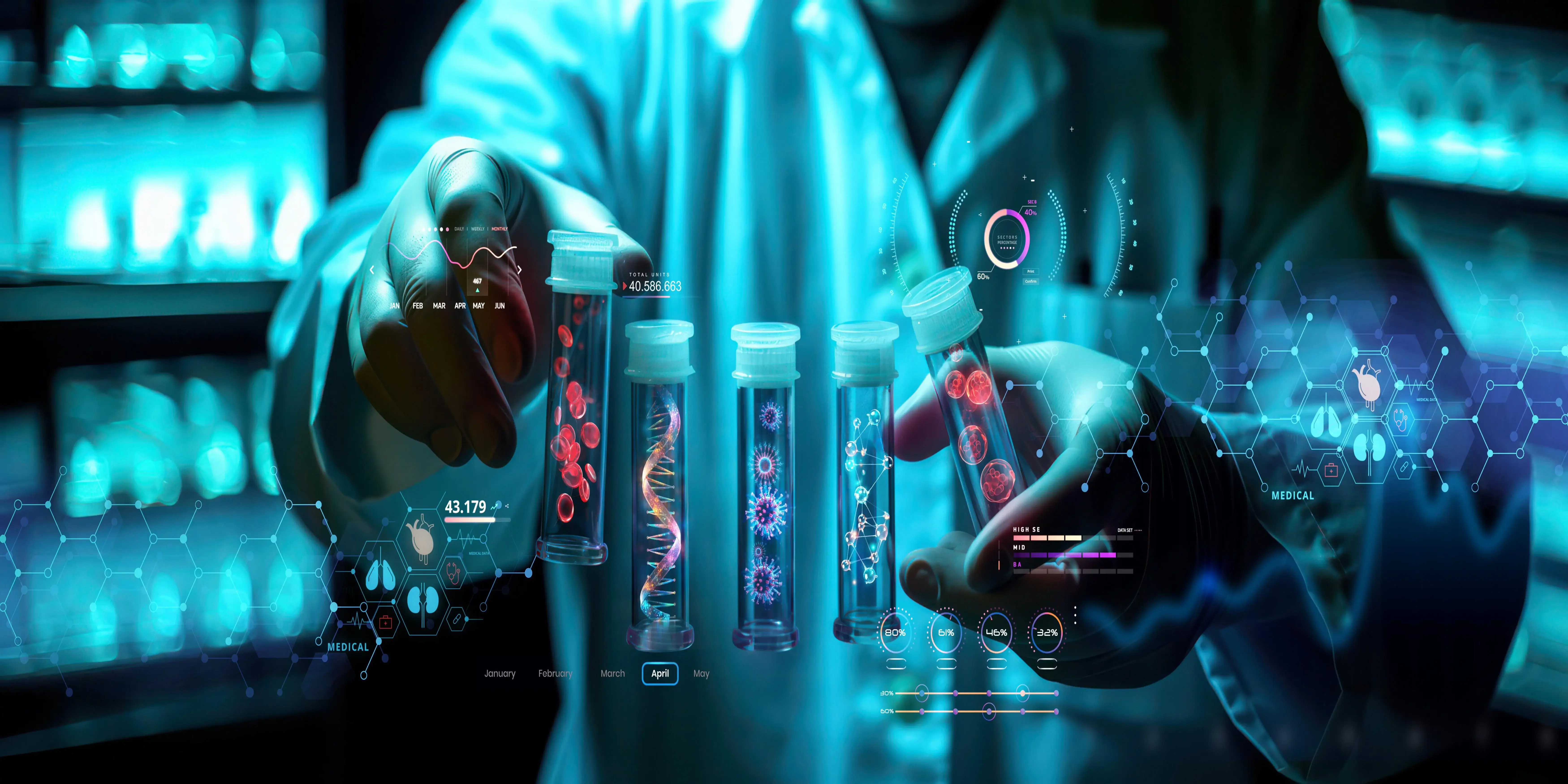Companies in biotechnology are the pioneers of scientific innovation. They collaborate with a variety of industries to produce goods and innovations for the better living of humans, to meet medical requirements, and to sustain life through ecological practices. In this regard, the firms manufacture drugs, agricultural products, and industrial products by utilizing biological systems, cells, and living beings. As biotechnology deals with different industries such as environmental research, healthcare, and agriculture, these businesses are necessary for the formation of modern technology. This essay is going to explore the current state of biotechnology businesses, their contribution, the difficulties that they face, and their prospects in a digital world.
What Are Biotechnology Companies
The primary interest of biotechnology companies lies not just in a source for new technologies or products that might benefit humankind but also with new approaches to molecular biology, genetics, and biochemistry. This gives them a challenging task to attempt finding practical solutions to problems such as disease, food security, or environmental sustainability.
Main areas of Biotechnology
There are several major fields in the biotechnology industry, and each field possesses a particular application focus. Red biotechnology is mainly applied biotechnology in gene therapy, drug development, and diagnostics in pharmaceuticals and health fields. Green biotechnology focuses on agriculture and the usage of genetically engineered crop products that are either more nutritious or more resistant to particular pests. White biotechnology, also known as industrial biotechnology, is the application of biotechnology to manufacturing processes for the generation of industrial enzymes, biofuels, and biodegradable plastics.
White Biotech Companies Role in Researching and Development
R&D is the heart of any biotechnology company because it is an engine of business. Overall, such companies are primarily focused on utilizing scientific knowledge to create new, marketable items and technology. Biotech firms make significant investments in research and development, frequently jointly with universities, research institutes, and pharmaceutical companies, to bring discoveries to market. It requires a multi-disciplinary approach: computer science, engineering, chemistry, and biology in order to produce solutions scalable to commercial or industrial applications.
Types of Biotechnology Companies
Pharmaceutical Biotechnology Companies
Pharmaceutical Biotechnologies companies produce biologics, which are medicines derived from living organisms. Some examples of these include cancer and other disease treatments involving an immunological etiology or hereditary defect. Other products that are considered biologics include gene therapy, cell therapy, and monoclonal antibodies. Without firms making these companies possible, customized medicine could not advance; customized medicine tailors the course of care to the genetic makeup of a patient.
Agricultural Biotechnology Companies
Companies engaged in agricultural biotechnology have the goal of developing agriculture as both sustainable and productive. Since the application of GMOs is aimed at enhancing crop production, reducing the susceptibility of crops to pests and diseases, and also helping to reduce the usage of chemical fertilizers and pesticides, these companies produce GMOs for better crop management. To address worldwide challenges in food security, the potential for enhancing the nutritional content of crops and the development of farming-related technology to improve farm productivity has been emphasized by these companies.
Major Contributions of Biotechnology Companies
Advances in Medicine
The operations of biotechnology companies benefit the medical sector immensely. The treatment of diseases that were hitherto considered impossible has been changed by the introduction of biologics, gene treatments, and vaccinations. The swift creation of the vaccines for COVID-19 was greatly aided by biotechnology firms using mRNA technology to easily manufacture very potent vaccinations. This has opened up the opportunity for further research of mRNA-based treatments of other diseases in more detail.
Sustain Agriculture Solutions
Biotech companies have made many sustainable agriculture solutions possible through biotechnology. Most of the impacts of farming on the environment have been reduced by enabling farmers to produce increased yields using minimal inputs through GMOs. Examples of biotechnological innovations addressing nutritional deficiencies and agricultural productivity in developing countries include golden rice and Bt cotton, resistant to both pests and nutritional shortfalls.
Challenges Faced by Biotechnology Companies
Regulatory Hurdles
The launching of biotech products into the market is increasingly difficult due to a tough regulatory land. In the pharmaceutical sector, the FDA and the EMA are but some of the regulatory agencies that strictly test and clear newly developed pharmaceuticals before being released in the market. Such stringent regulations have positively kept biotech products safe and effective but pose considerable barriers to market entry, particularly for smaller companies with more limited budgets.
High Cost and Long Development Time
Developing biotech products can prove costly and labor-intensive. A new drug or agrichemical could take billions of dollars and several years to move through the research stage into actual delivery into the marketplace. High development costs place financial stress upon the companies, particularly new and small biotech companies which may struggle to raise sufficient capital. More than that, since the development cycle of such biotechnological entities is drawn out, the companies have to be able to invest huge amounts in R&D before they can realize returns.
Conclusion
At this juncture, the biotech sector is burgeoning pushing boundaries within possible areas and changing the nature of many industries. Biotechnology companies are doing well, considering the odds against them now. They are advancing medical, agricultural, industrial, and environmental conservation fields. Given that they can solve some of the world's most critical problems, biotechnology companies are well-positioned to be a key force in driving scientific innovation and human development.



